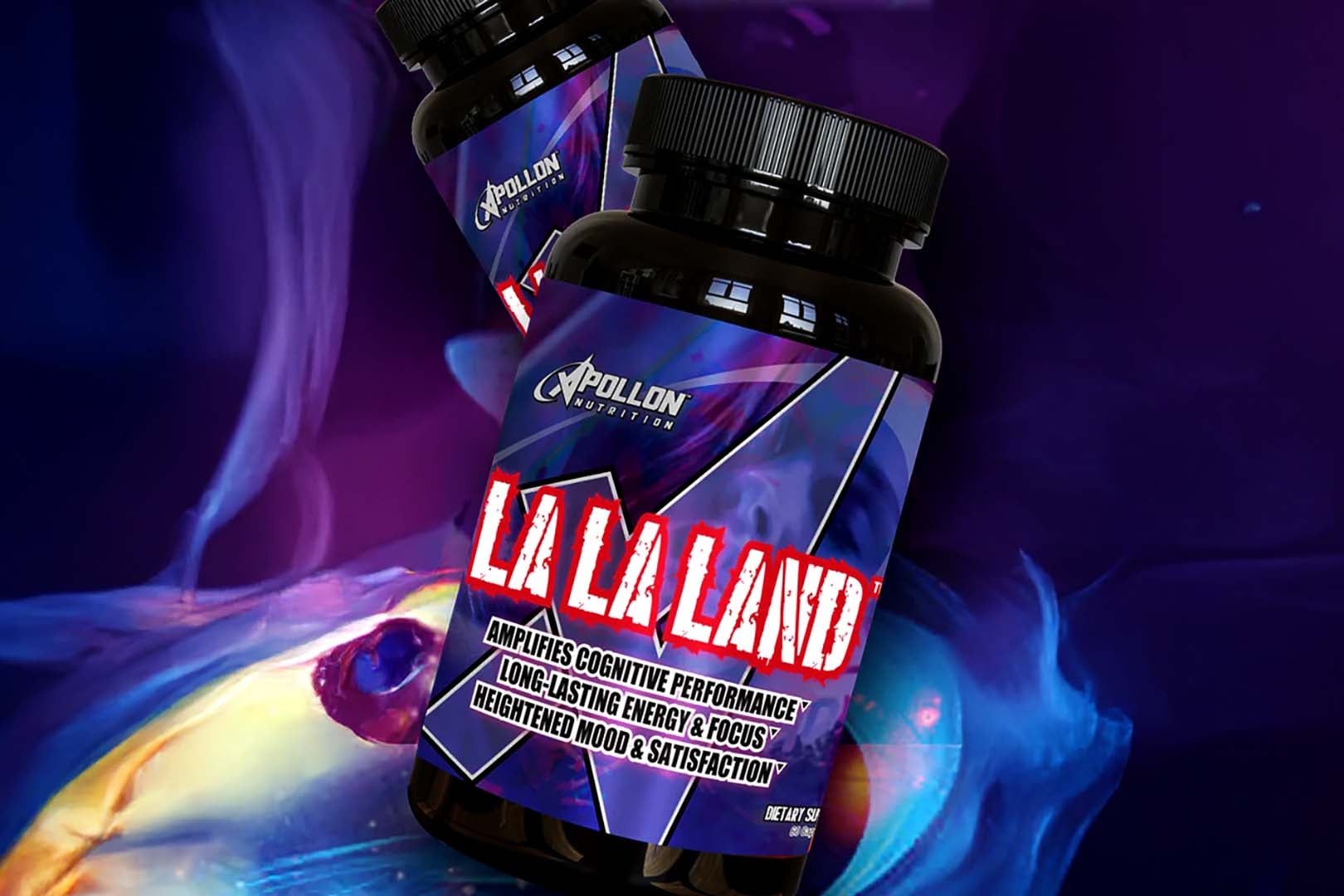
Just about everyone knows that beta-alanine is in a class of its own in regards to endurance enhancement. We’ve seen countless studies show us that it works via increasing carnosine stores in the body, which in turn help us reduce acids (excess hydrogen ions) that naturally build up in muscle tissue while working out. By removing these acids, you can exercise longer before giving in to the pain.
A new study has now been published, which you can find here, that could change how supplement manufacturers and consumers use beta-alanine. It shows that the reliable and already proven ingredient could help out in another major area outside of endurance.
Study conclusion
β-Alanine supplementation was effective at increasing power output when lifting loads equivalent to the individual’s maximal strength or when working at maximum power output. The improvement observed at 1RM was explained by a greater load lifted, or strength gain, in response to training in the participants who took this supplement.
Although the authors of the study did an excellent job breaking down the results in their summary (above). What they’re simply trying to say is that taking beta-alanine may actually be an incredibly effective way to increase your strength, particularly when looking to hit a PR (personal record) while squatting or lunging. Despite the study not testing 1RM (1 rep max) increases for movements such as bench press or deadlift, it would make sense for it to be beneficial for these lifts as well.
The study
While the results of this experiment are certainly exciting, it’s important to get a full sense of how the study was conducted. The first major drawback of the study itself rests in the low number of subjects. A total of 30 participants were included, 15 of those assigned to the beta-alanine (BA) group, and 15 receiving a placebo (PLA). It’s certainly nothing to snuff at; however, it does leave room for numerous errors in the results. Typically, the higher number of participants included in a study, the more accurate the results
The study was designed to take place over a five-week period, where participants were screened to make sure they fit specific criteria. They had to be between 18-25 years old, couldn’t be “elite athletes”, had refrained from using any hormone altering or performance enhancing compounds in the prior three months, did not use any narcotic or mind-altering drugs. Were free from disease, had at least 6 months of back squatting experience under their belts, at least 12 months of traditional resistance training, and had to have a back squat of at least 90kg (198.4lbs).
Once they found 30 willing participants who fit the criteria, 15 were randomly assigned to the BA group and 15 to the PLA group. From here, the authors maintain that both groups were monitored to make sure they received each dose of either their BA or PLA, and participated in every workout as required. As with any study, there were some who didn’t correctly follow the protocol, which ultimately resulted in a total of 26 subjects completing the study. The remaining four individuals data was removed, and not included in the study results.
The BA group received a unique dosage of beta-alanine, with a total of 6.4 g per day (common dosage is 3.2g) provided in 8 x 800mg doses, administered at least 90 minutes apart. The study noted that the reasoning behind the multitude of small doses throughout the day had nothing to do with increased bioavailability or hypothesized increased effectiveness over fewer and larger doses, but was instead used to prevent paresthesia (the “tingles”). The PLA group received the same dosing structure, with an identical pill (no beta-alanine) taken every 90+ minutes.
The participants each exercised three days a week, which included a 15-minute warm-up, and three leg exercises (back squat, barbell step ups, loaded jumping lunges). The total reps per set were modified weekly, as they were instructed to perform as many reps as possible within a given period. Week 1 allocated 40 seconds per exercise, which was reduced by 5 seconds each week until a total of 20 seconds per exercise was reached (by week 5).
The results
Unsurprisingly, both the BA and PLA groups noticed results during the five-week study. That said, the differences between the two groups were both statistically significant (meaning the difference is caused by more than just random chance), and impressive.
Back Squats 1RM:
Placebo Group
Pre-Study = 123.92kg
Post-Study = 139.33
Total change = +12.435%
Beta-Alanine Group
Pre-Study = 124.57kg
Post-Study = 148.50kg
Total change = +19.21%
One thing to note on this increase is that it’s not as simple as saying that the BA group “only had a ~7% increase over the PLA group”. Traditionally, studies will compare changes versus placebo. If using this type of language, the actual results would read as: “Beta-Alanine supplementation caused a 1RM increase of 55.29% larger than placebo!”
Final Discussion
This study is an incredibly interesting one for numerous reasons. Firstly, it features a low amount of study participants, yet still provides statistically significant results. There is no way around it; the beta-alanine group increases their 1RM far better than the PLA group was able to do.
Next, the study design included a much larger dose of beta-alanine than is traditionally suggested by earlier studies and most supplement manufacturers. In fact, it’s 200% larger than the usually suggested 3.2g per day. Does this mean that 3.2g is able to elicit strength gains for the average user, or is this higher 6.4 g dosing necessary to reap these benefits? Unfortunately, without more studies, we won’t be able to know this any time soon.
Another very intriguing aspect in regards to the dramatic results shown in this study is the fact that beta-alanine supplementation is usually associated with a long and drawn out “saturation” process. Since beta-alanine works via the increase of carnosine stores in the body, it takes what is traditionally believed to be about four or more weeks for this saturation to be maximized.
Despite this, the study was only over a five-week period which leads you to question if earlier science is incorrect on how long it takes beta-alanine to allow for peak carnosine levels, or maybe that a larger dose causes this saturation time to be reduced? Again, without further data there it is just not possible to come to a definitive conclusion at this point.
Bottom line
The next time you’re considering whether or not you should include beta-alanine into your supplement arsenal because it “only increases endurance” check out the this study’s conclusions and you may rethink that.


